Synthetic Benchmarks – AIDA64, GB3, LinpackXtreme, SPI 32M
Now let’s start with the performance tests, starting with the synthetic benchmarks, all of which are run 3 times each, with the best result being used. In the case of LinpackXtreme, a run with 5 loops and the average result output from this is used in each case. The AIDA64 Cache and Memory Benchmark in version 6.60.5900 works well as a theoretical indicator for the bandwidth and latency of a configuration.
In the bandwidth-intensive read, write and copy tests, the DDR5 kits and especially the Corsair modules with their enormous clock rates can show their advantages. With the manually optimized 6000c34 configuration, it is even possible to almost break the 100 GB/s mark. It is also interesting that the XMP Config with Command Rate 1T is always just ahead of 2T.
In the latency test, DDR5 has a clear disadvantage compared to DDR4. Here, the ratio of clock rate and primary timings is decisive for the result. The difference in the Corsair kit between XMP with 1T and 2T is within measurement tolerance.
It gets interesting with LinpackXtreme where both bandwidth and access latency have an influence on the result. Although CPU and cache clock rate mainly dictate the result here, subtle differences between the configurations are noticeable. Here, for example, 1T is again just ahead of 2T in the XMP. Furthermore, Kingston and G.Skill reference configurations are only slightly beaten – throughput and latency alone are not everything.
With the SuperPi Mod 1.5 XS with Preset 32M also known as SuperPI 32M only the access latency has an influence on the result, while the bandwidth is practically irrelevant. Here, as expected, the DDR4 Config has its nose ahead by nearly 2.5s due to the clearly lower latencies, followed by the two configurations of the Corsair kit with command rate 1T. While in the AIDA64 the measured latency between 1T and 2T with DDR5 was equal, here in the SuperPi with a genuine mathematical problem to solve clear differences can be recognized.
Lastly, as always, I have the Geekbench 3 multi-core memory performance test up for grabs. While this benchmark mainly favors bandwidth and throughput, it can also measure subtleties in access latency with its many different sub-tests. So here again a clear difference between the XMP configurations with 2T and 1T can be seen, but on the other hand the DDR4 config is not as far behind as one might assume based on the clock rate. The manually optimized Corsair kit wipes the floor with the other configurations here, scoring well over 12000 points, 21% ahead of second place.
- 1 - Introduction and unboxing
- 2 - Design and lighting
- 3 - Dimensions, teardown and PCB analysis
- 4 - SPD infos and heatsink performance
- 5 - Test systems and methodology
- 6 - XMP compatibility and overclocking
- 7 - Synthetic benchmarks – AIDA64, GB3, LinpackXtreme, SPI 32M
- 8 - Gaming 1440p – Cyberpunk 2077, SoTR, CSGO
- 9 - Gaming 1080p – Cyberpunk 2077, SoTR, CSGO
- 10 - Summary and conclusion















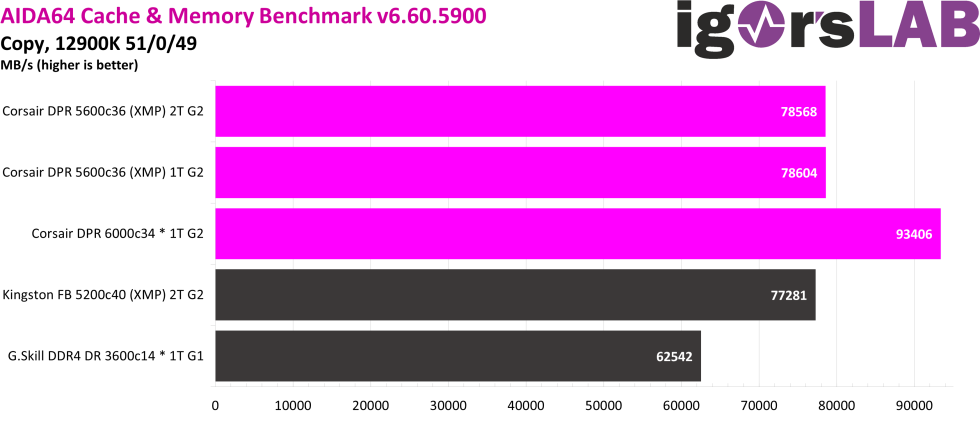
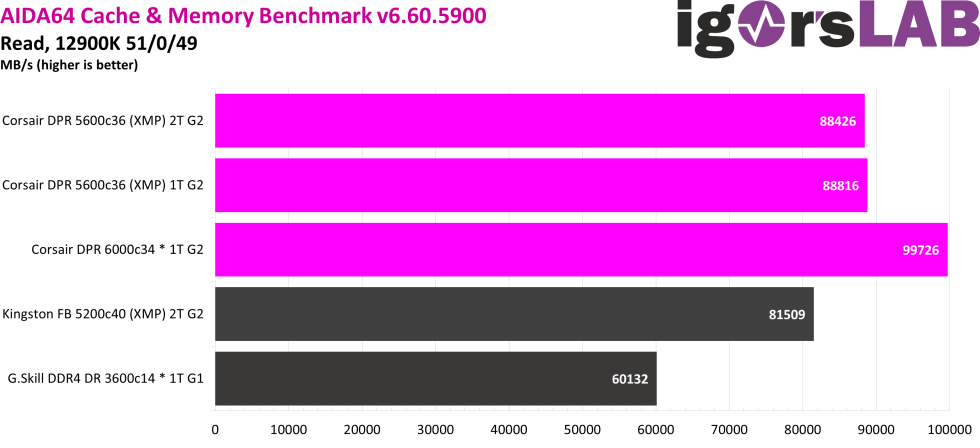
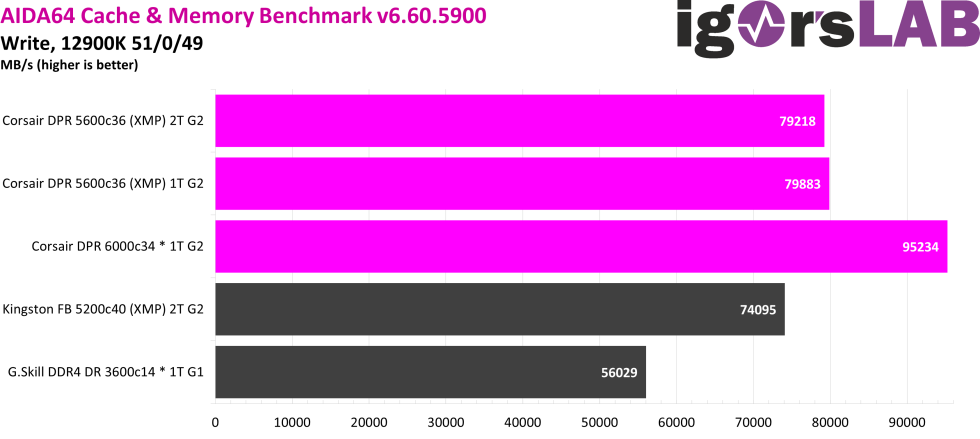
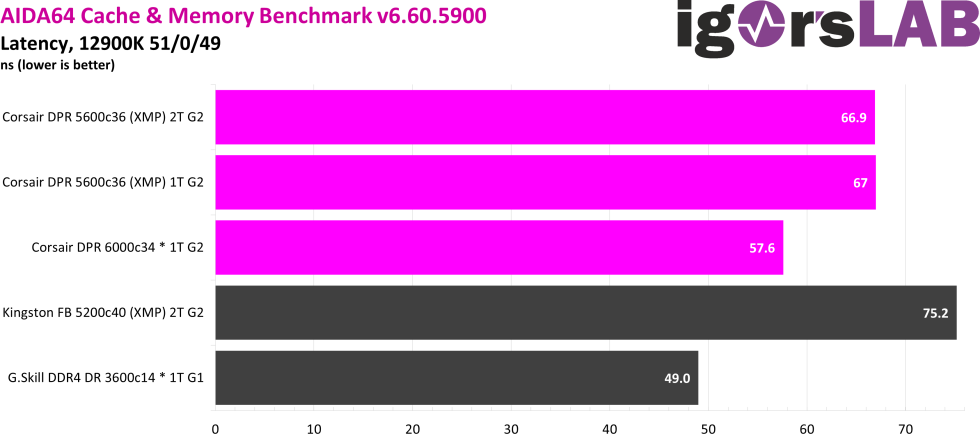
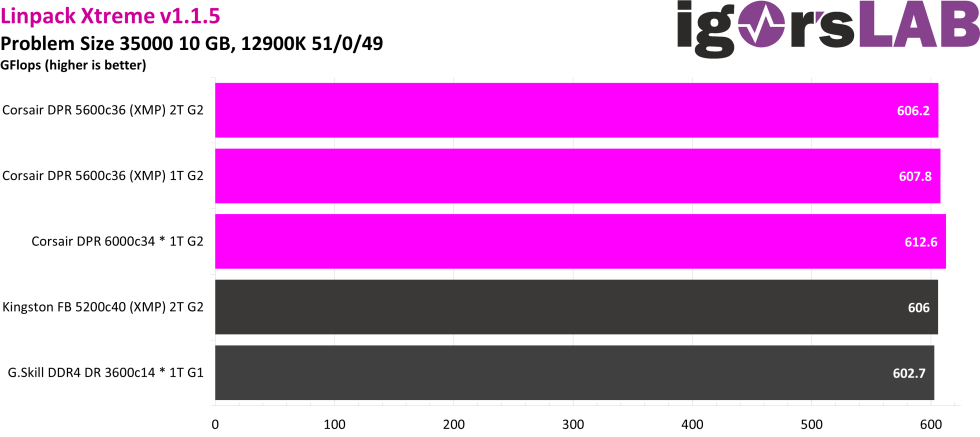
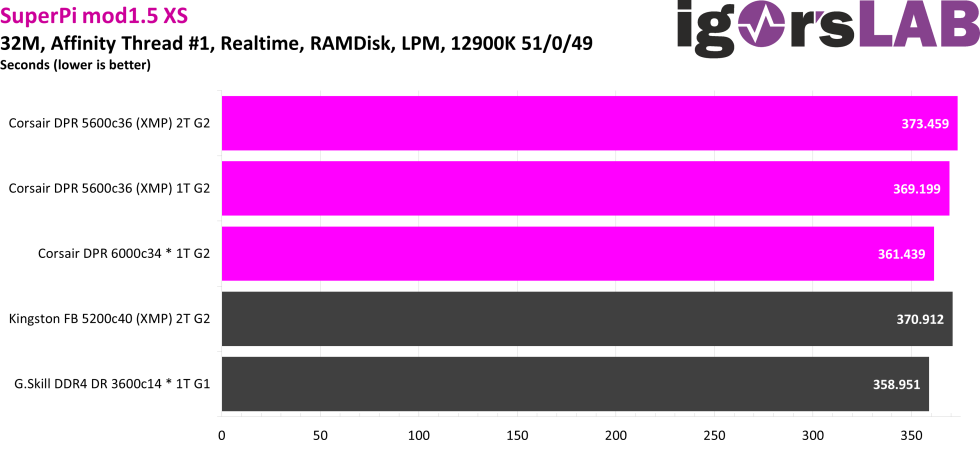
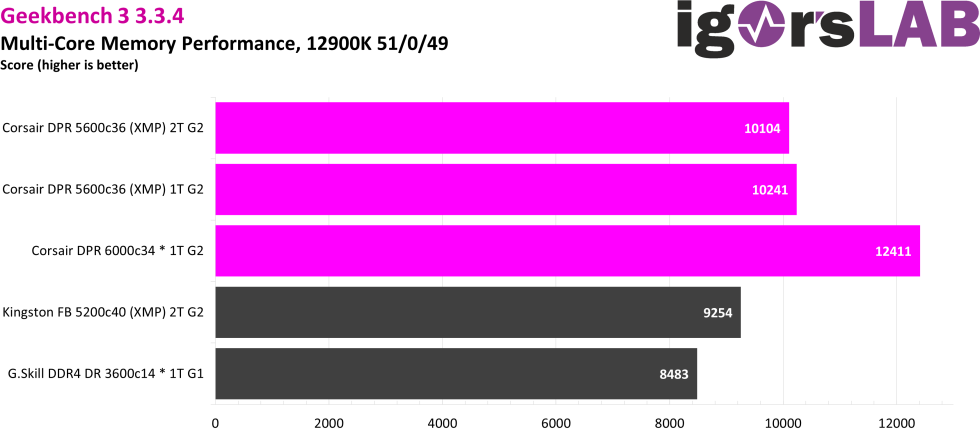


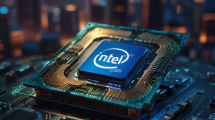

















8 Antworten
Kommentar
Lade neue Kommentare
Urgestein
Mitglied
Urgestein
Urgestein
Veteran
Urgestein
Mitglied
Mitglied
Alle Kommentare lesen unter igor´sLAB Community →